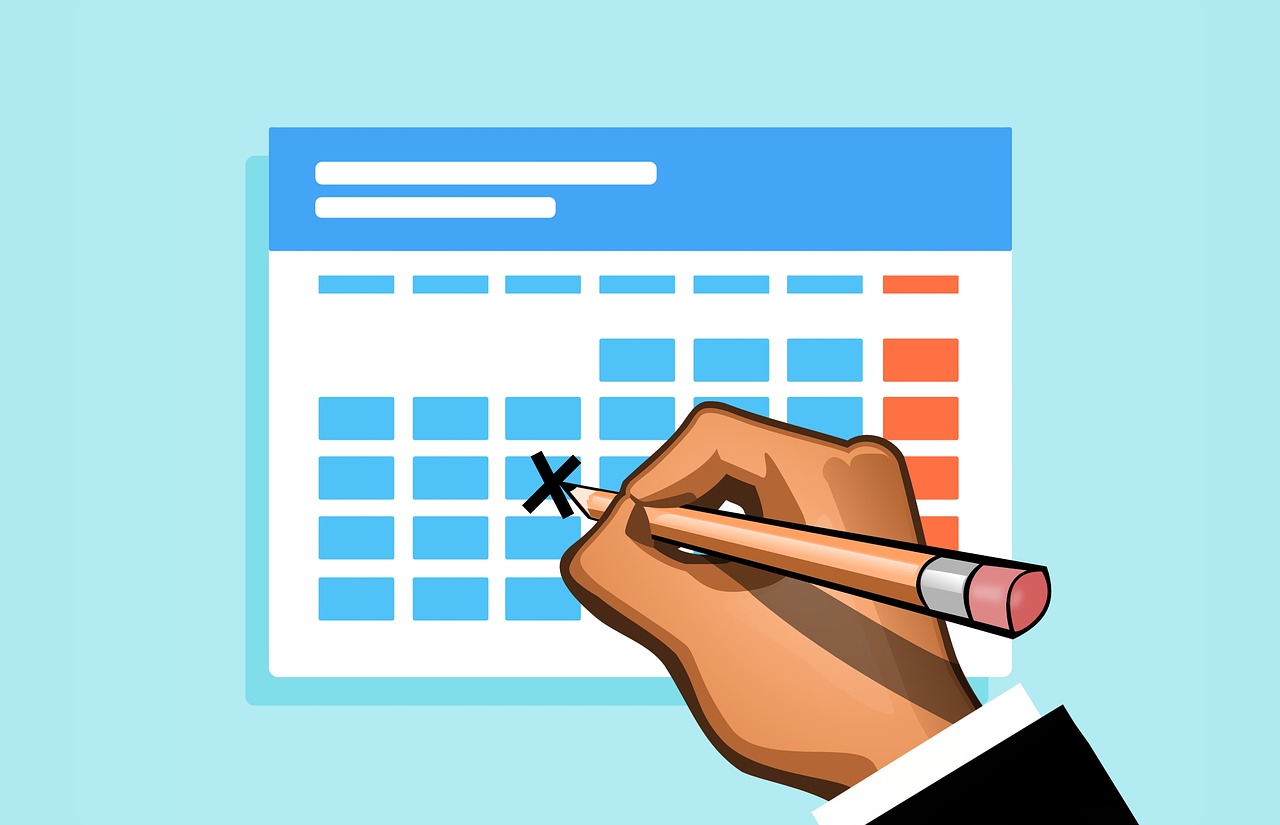
How to make your enterprise IT event a ‘must’, not a ‘meh’ for media
 By Tristan
By Tristan
2022 has seen the welcome return of physical events, as calendar staples like MWC, Dreamforce and Re:Invent once again drew enterprise IT journalists to Barcelona, San Francisco and Las Vegas.
For many of us at Spark, this has meant we’re back to inviting media to attend client events, with all that entails – creating save the dates and tailored agendas, arranging travel and accommodation, scheduling 1-2-1 interviews and digging out comfy shoes to avoid sore feet.
But it’s not all the glitz and glamour of international travel, bright lights, briefings and buffets. There are some crucial ingredients that make the difference between success and failure. Here’s my simple checklist for winning events.
- Get it in their diaries early. With in-person events back in vogue, it’s vital to get it into journalists’ diaries early and avoid the risk that they’re already committed elsewhere. This is where save the dates are useful.
- Get the agenda confirmed. It’s easier to get the event on the media’s radar if you can tell them what’s lined up. The save the date might be enough for reporters who have attended in the past and know what to expect, but most won’t fully commit until they know exactly what they’re getting.
- Have a good line up of customer speakers. Customers are usually the most attractive draw for media to attend, so making sure they’re a big part of the agenda will boost the chances of getting journalists along.
- Offer customer interviews. Seeing a customer speak is a good start, but most journalists really want to speak to the customer directly. This lets them get something unique to add to their story that other reporters in the room are also hearing. The same rule applies to client execs – especially if it’s a rare opportunity like the chance to meet with the CEO or CTO.
- Make customers aware you’re inviting media. If you’re inviting media to attend, don’t forget to make customers aware that press are present. Someone happy to champion a solution in front of their peers might not be familiar with the world of comms. Letting them know that media are around, and may write articles about their company, heads off confusion.
- Check their comms team is aware. It’s also important to make sure the customer speaker has permission from their comms team to talk publicly. The last thing you want to be doing is trying to backpedal after an article has been published and someone has objected. It’s very unusual journalists will retract an article unless it is factually inaccurate, so it’s best to dot the I’s and cross the T’s in advance.
- Share any relevant press releases under embargo. If announcements are made during the event, it will improve the chances of coverage if they are shared with attendees under embargo. It’s difficult for journalists to justify the time to write a story they could have covered from a press release back home when they’ve travelled to an event. Their focus will be on what they’re seeing and hearing, rather than what’s sitting in their inbox.
This isn’t an exhaustive list, but it’s based on some of the most valuable lessons I’ve learned from countless events over the past decade. It’s great to have physical events back on the agenda – we can’t wait to help our clients make theirs a success in the new year.